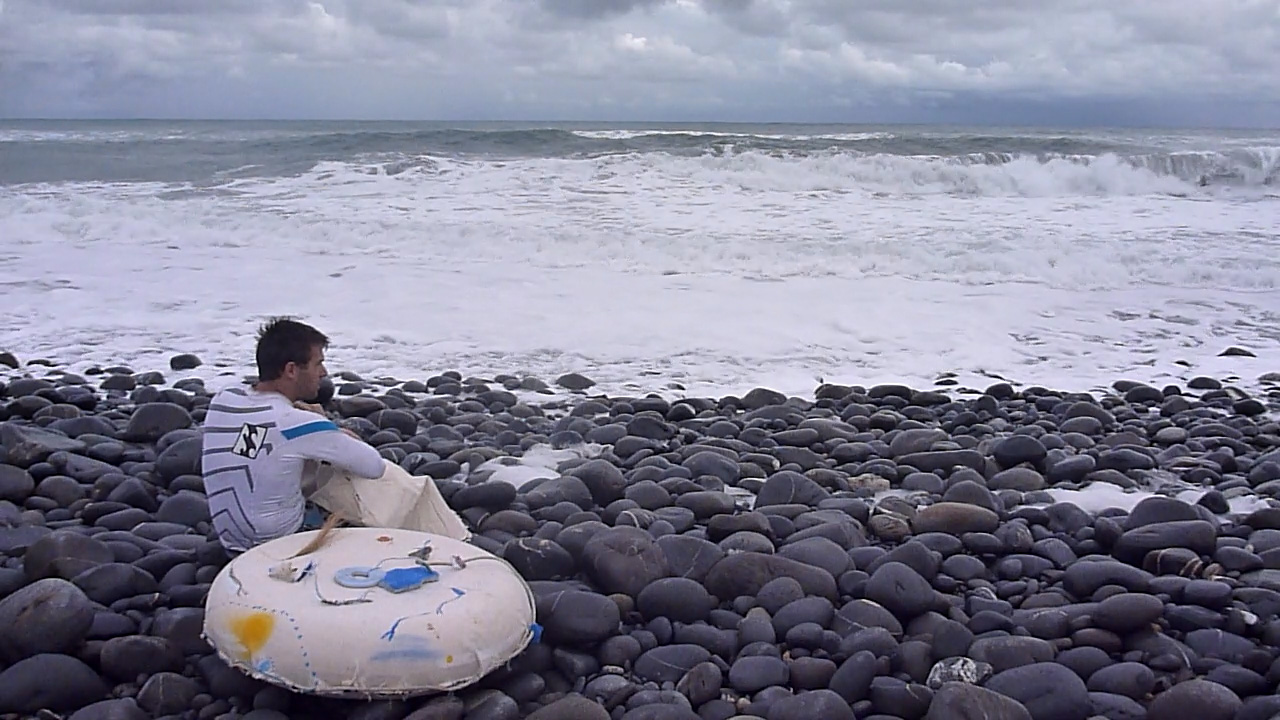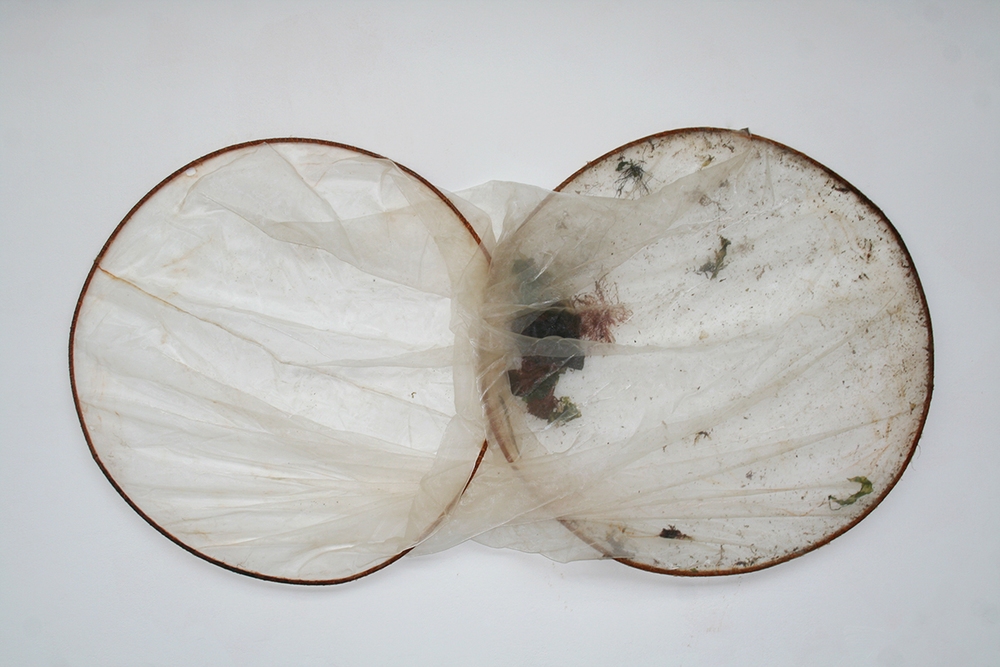Art & Climate
1. Nowhereisland, Alex Hartley, 2012
"The story of Nowhereisland began in 2004, when Alex Hartley was invited to join an expedition to the Arctic by the environmental organisation Cape Farewell. Searching for new territory, Hartley scoured nautical charts and the coastline looking for an island and the possibility of a delimited yet borderless nation born out of the melting ice of the Arctic. And on the northeast side of Svalbard he finally found it – a small island that did not exist on any map.
From being an invisible point in the Arctic’s paradoxical remote inferno of borders and bureaucracy, to become a sculptural no man’s land on the move, before ending as manifestation of pioneering activism, Nowhereisland held a mirror up to a world in the process of disbanding and rearming itself. The planet is melting, but its frontiers seem more rigidly drawn than ever. In the face of these realities Hartley’s temporary nation was a small, borderless refuge of hospitality and direct democracy. A utopian idea and dream of another place that during the year it existed engaged 23,003 new citizens from 135 countries in asking: If we were to start from scratch, where would we begin?"
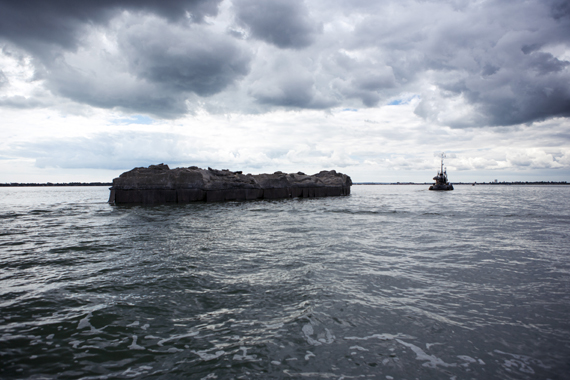
https://www.detandetsted.net/alexhartley
http://nowhereisland.org/logbook/
2. Atlantis, Tea Mäkipää
"A corner of a house surfaces from the water. In the parts that are visible, life seems to continue. Warm house lights shine forth from the dark waves. From the watery depths, we hear the quiet sound of singing and arguing.
Atlantis is a dream-like vision, a reminder of the vulnerability of our modern lifestyle. This accident could have multiple causes. Some of these are a product of the human settlement itself. Some individual inhabitants of Atlantis have refused to leave their homes and are continuing their daily life, ignoring the surrounding water."
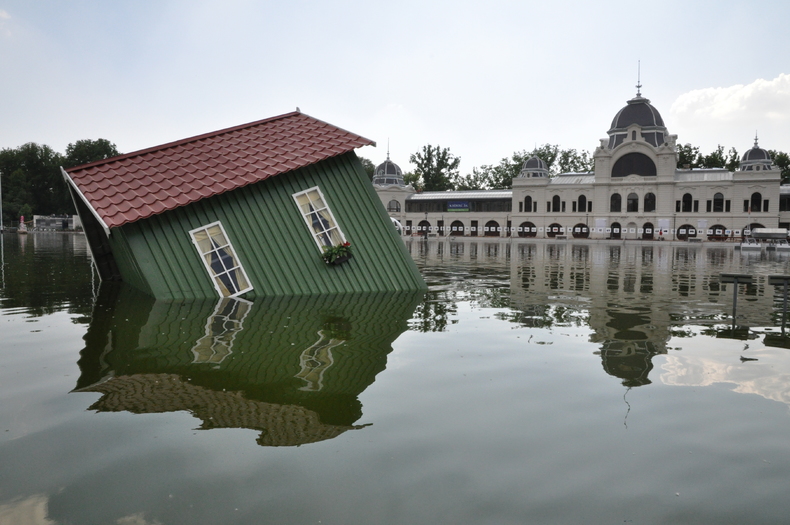
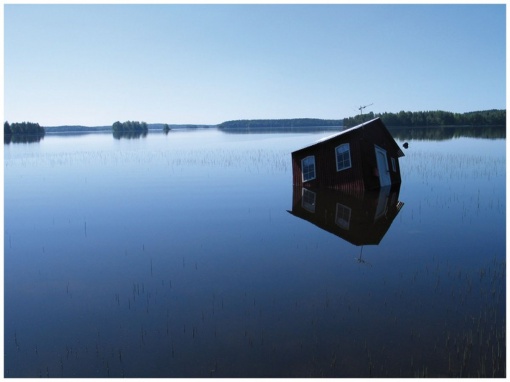
https://tea-makipaa.eu/Atlantis/
3. Peter Matthews
Matthews creates his paintings while immersed in water or alongside water. A search of sublime, an exercise in relinquishing creative freedom; a rebalancing of artistic inspiration and agency. the artist's body is a conduit - a tool in transporting the canvas to the place of origin for the painting. Serve the work with your body. Matthews uses sticks and stones and other found organic materials to apply paint - the potential disintegration of these materials adds to the painting - transfer of material; play on life and death.
